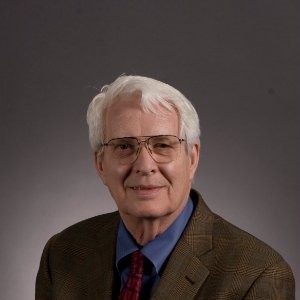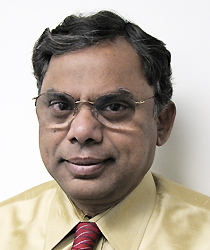Faculty Directory
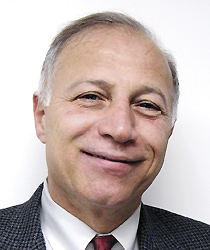
Al-Sheikhly, Mohamad
Professor
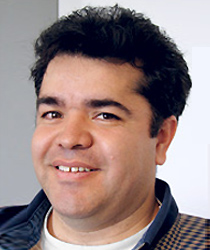
Aranda-Espinoza, Helim
Associate Professor
Associate Chair and Director of Graduate Studies
Azuah, Richard T.
Faculty Asst Research Scientist
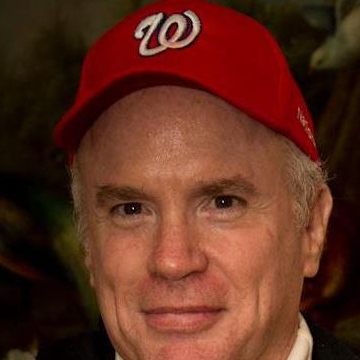
Bartolo, Robert E.
Assistant Research Scientist
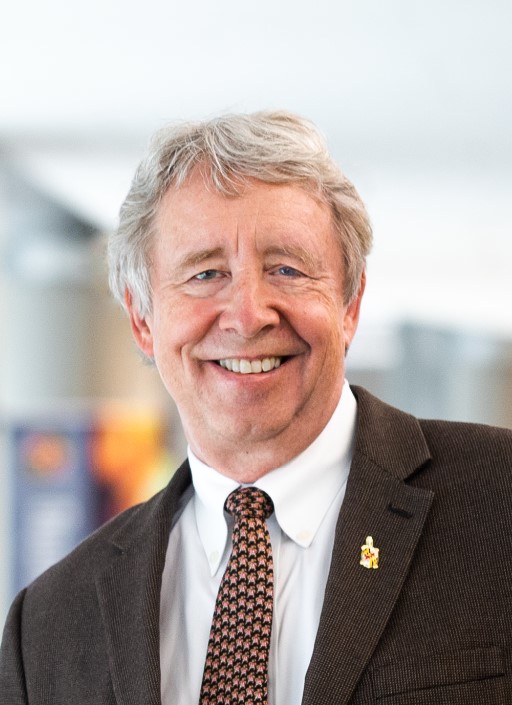
Briber, Robert M.
Special Assistant to the President for Strategic Initiatives
Associate Dean for Research
Professor
Fellow, APS
Fellow, Neutron Scattering Society of America
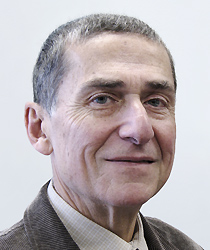
Christou, Aris
Professor
Fellow, APS
Fellow, IEEE

Cumings, John
Associate Professor
Keystone Professor
Undergraduate Advisor
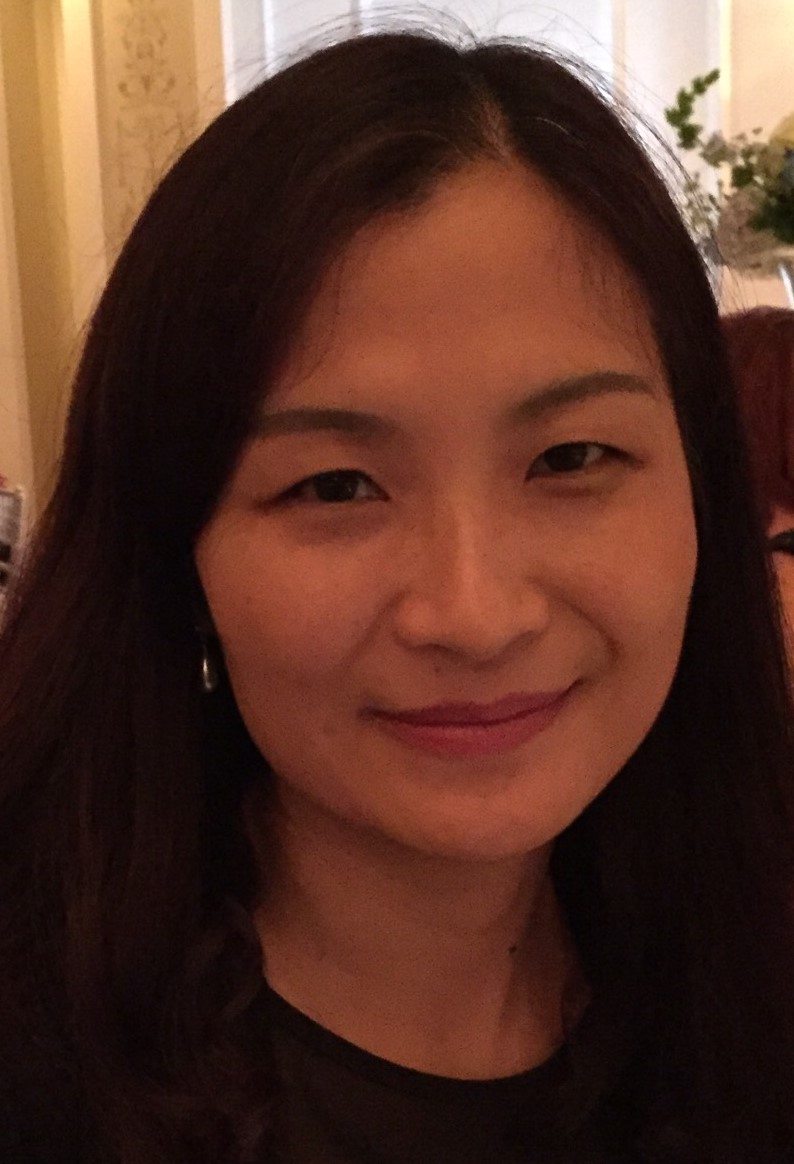
Dai-Hattrick, Liyang
Lecturer
Duncan, Keith L.
Assistant Research Scientist
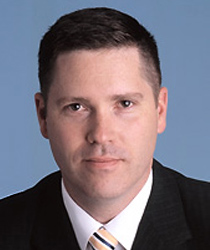
Fisher, John
Fischell Family Distinguished Professor & Department Chair

Ghodssi, Reza
Herbert Rabin Distinguished Chair in Engineering
Former Director, Institute for Systems Research (2009-2017)
Executive Director of Research and Innovation
Fischell Institute Fellow
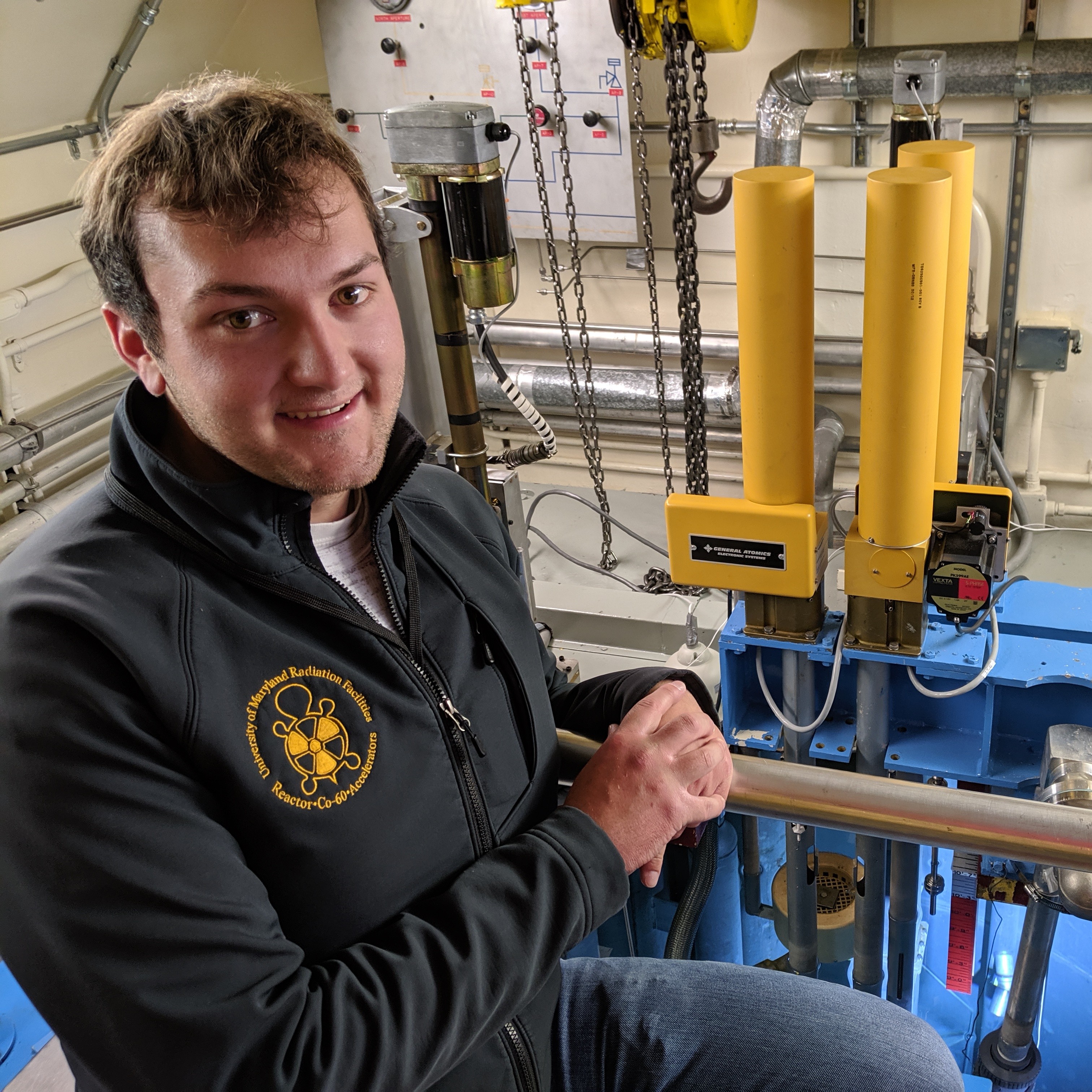
Gilde, Luke
Faculty Specialist
Reactor Operations Manager
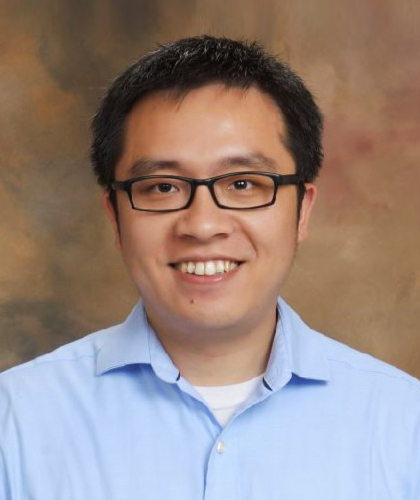
Gong, Cheng
Assistant Professor
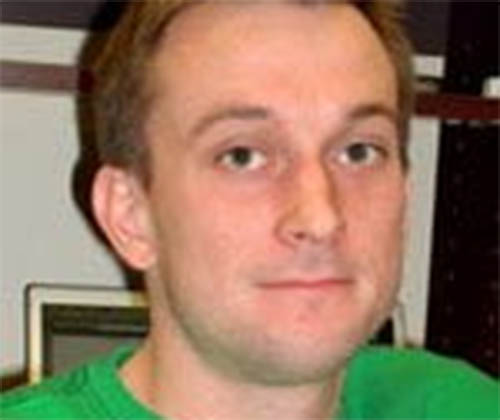
Gregorczyk, Keith
